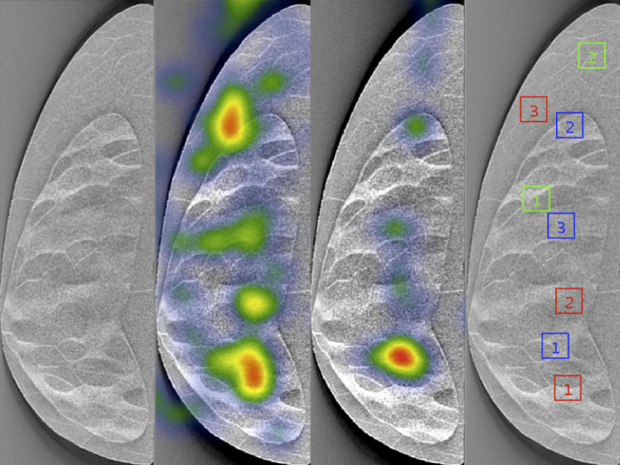New Frontiers in Spectral X-Ray Imaging Tomography

Speaker:
Mini Das, PhD
Associate Professor of Physics & Biomedical Engineering
University of Houston, Texas
Abstract:
Current X-ray and CT systems have inherent contrast limitations and, for example, dense tissue and cancer can often look similar. Even if one increases the radiation dose, which is not desirable in cases where the same subject needs to be imaged multiple time over a period of months, there is a limit to what you can see, and. In addition, image noise becomes significant when increasing resolution to see fine details, often desirable when scanning small objects. With a five-year, $3.2 million grant from the National Institute of Biomedical Imaging and Bioengineering, Dr. Das plans to usher in the next generation of micro computed tomography (CT) imaging. The project’s goal is to lower radiation dose in X-ray micro-CT imaging while improving the resolution and enhancing the contrast of three-dimensional pictures of small specimens, like tumors or biomaterials. To this end, Professor Das has developed the theory, instrumentation and algorithms for so-called spectral phase-contrast imaging (PCI), which enables the use of much lower doses of radiation while delivering higher levels of image detail. PCI detects how X-rays bend, or refract, particularly at the interface between tissues, providing a higher amount of contrast between different types of tissue. It also measures absorption and phase changes from X-ray transmission through the body. The resulting phase-enhanced contrast depicts high fine-structure visibility adding new image features. The developed methods can also translate to-large scale CT systems. The Das team was the first to show how to use photon-counting detectors in a phase-contrast imaging setting while extracting the absorption and phase effects with quantitative accuracy. This accurate phase retrieval, or recovery, is crucial if one wants to discriminate between cancers and normal tissues. Multiple patents and publications from her group have shown significant preliminary data and feasibility for the new methods.

adaptive Wiener filter.

